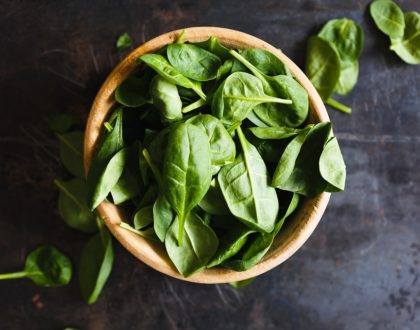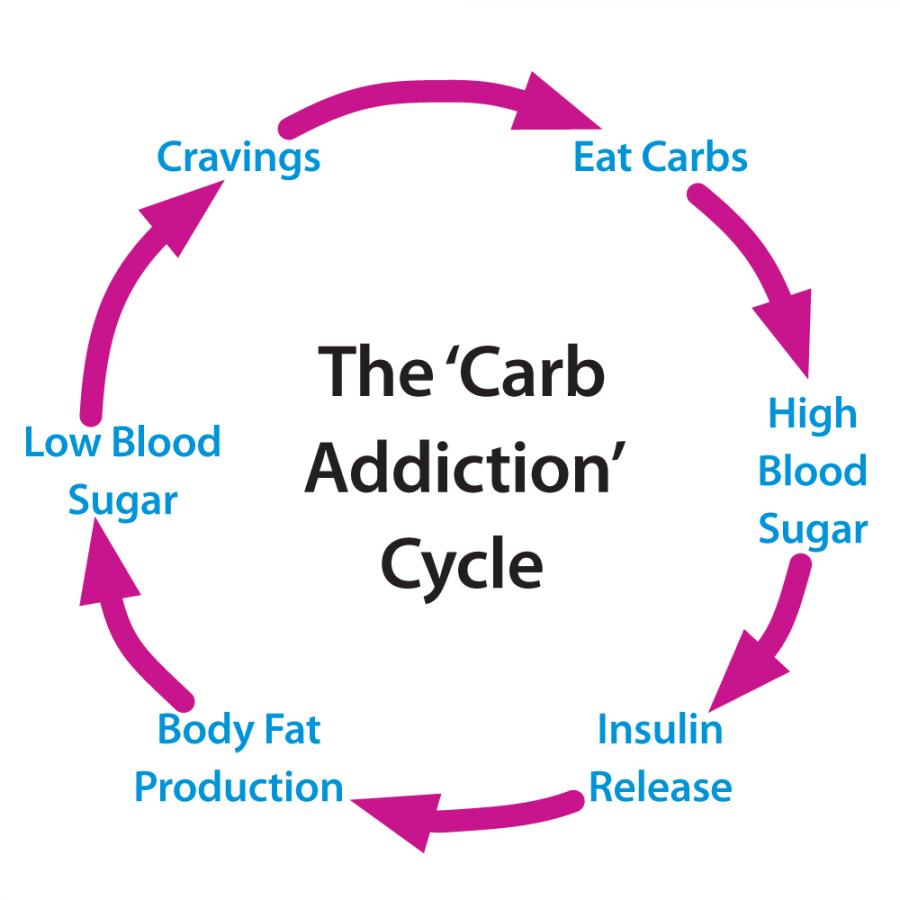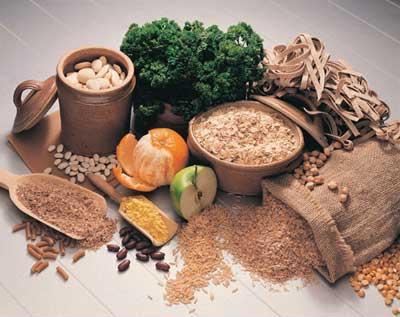Everything You Need To Know About Carb Cycling For Women

by Abby Austin
What is Carb Cycling and How Does it Work?
Today, the fat loss diet arena is populated by many diets that promise to get you one step (or more) closer to your dream body. Most of them claim they have that “one little trick” which can transform your physique. No need for hacks or shortcuts. However, nutritionists and fitness gurus came up with a particular diet that delivers on this promise just by listening to what science has to say about weight loss.
Carb cycling has turned into a trendy and fun way of eating healthy without giving up the temptations of the tastiest food group. On a side note, this dietary option is ideal if you are an aspiring bodybuilding competitor and you are keen on subtracting fat while adding muscle. You probably came up with various questions just by hearing the diet’s name (carb cycling that is). So, keep on reading to find out what a carb cycle is, how it works, how it can benefit you and much more.
What Is Carb Cycling?
Carb cycling is a nutritional approach that switches between periods of high, low and no carbohydrate intake. As a result, carb cycling diets include meal plans that increase and decrease that caloric and carb intake on a regular basis.
The primary goal of this dieting method is to affect the metabolic processes of your body that revolve around building muscle and burning fat. This goal is achieved in numerous ways by draining and restocking your glycogen stores, regulating your muscle building and fat-burning hormones as well as promoting your thyroid activity. Let’s not also forget the psychological (and helpful) aspect of this diet. Carb cycling food choices encourage you to keep going since you don’t need to endure extended periods of strict diet.
Despite the plethora of carb cycling protocols out there, most versions suggest taking turns of the three following types of days (or at least two):
- High-Carb Days
On these days, you are asked to consume somewhere around 2 to 3 grams of carbs per pound (of your body weight). Yes, that’s a lot of calories, as well! However, consuming that much carbs stimulate the release of insulin in your blood. In its turn, insulin helps nutrients go straight to your muscles where the depleted glycogen is restored. As a result, your body promotes protein synthesis within your muscles prepping you for days of intense workout.
- Low-Crab Days
These days call for anything between 0,5 grams of carbs per pound of body weight or a minimum intake of 50 grams for the entire day. Caloric intake is also facing a significant decrease. This type of days can be a struggle considering your workout routine. However, low carb consumption forces your body to turn to fat instead of carbs for energy. As a result, your body burns through the high-carb day’s glycogen and pumps energy out of your stored fat.
- No Carb Days
The truth that these days are the hardest. No carb day protocols peg your carb intake at just 30 grams throughout the entire day.
How Does Carb Cycling Work?
Carb cycling purports to solve a decade-long dilemma between “carbing up” to build muscle mass and “carbing down” to burn fat. As mentioned earlier, excessive amounts of carbs spike insulin levels which (after a series of chemical reactions within your body) promote protein synthesis. In particular, your body burns through them (along with stored fat) for the necessary energy instead of resorting to protein. That way protein is free to do its job and help you build up those muscles.
On the other hand, lots of carbs don’t allow your body to burn stored fat and, thus, lose weight. That is the point where carb cycling saves the day. As soon as you refill your glycogen levels one day, you deplete them through an intense workout and start burning fat the next. In other words, you get to build muscle without gaining weight by increasing and decreasing your carb intake.
Which Carbs to Choose and Which to Avoid
Being one of the healthiest and most natural diets out there carb cycling revolves around one nutrient related to your body: glucose. As a result, you need to plan your meals accordingly. You can either go for foods high in glucose OR just consume foods that contain complex carbs. It’s as simple as that! So, make sure you stock your pantry with rice, whole grain foods, oatmeal, and green vegetables. A balanced carb cycling diet also includes an array of protein-rich foods such as eggs, lean meat, poultry and (why not?) whey protein.
However, there is one carb type that you probably stay away from and that is fructose. This kind of carbohydrates (found in soft drinks, canned fruit and bootled juice) is not as beneficial as glucose as it is more likely to convert into fat. You see, it just doesn’t go straight to your muscles as glucose does.
What to Do On A High Carb Day
To get the best out of a female-friendly carb cycling diet program, you need to keep in mind a thing or two about high carb days. The first thing you need to remember is to schedule your most intensive workout sessions for this type of days. Why is that? Your body is in desperate need of energy, aka carbs, during a hard training session. Being stocked on them before you crash it at the gym gives you the advantage of fueling your body sufficiently and, thus, keeping up with the workout regimen.
But, your workout regimen is not the only thing your should have an eye on during high carbs days. The more carbs you consume, the higher your calorie intake, right? So, to avoid adding additional calories to the (already high) existing amount, it’s best if you decreased your fat intake. As you see, high carb days tend to be a little demanding, but it is all worth it!
What About “Cheat Days”?
These words probably sound like heaven to any woman’s ears, especially if you are on a strict diet. Cheat foods such as chocolate and pizza are loaded with carbs. So, you’d think that these foods are perfect candidates for high carb days, right? Well, no! Even if cheat foods are carb-rich, you’d better stay away from them due to their harmful nature. In particular, most cheat foods are packed with sugar and “bad” fat. There is high chance that you decrease your insulin sensitivity in the long run. Instead, you can turn to foods rich in complex carbs such as yams, brown rice, and beans.
So, you shouldn’t drop your guard during high-carb days. You don’t want to cross the line from a balanced “refeed” to a senseless “cheat day”. What is the difference between these two? Refeed is the term used to describe a certain (usually short-term) period during which you are allowed to overeat in-between a fat-loss diet. However, during the refeed period, you should strictly focus on individual macronutrients rather than go with the flow.
On the other hand, cheat days follow no rules. So, cheat days depend on your cravings and are the perfect way to eliminate all the work you’ve done so far in a matter of seconds. From XXL steaks to gallons of ice cream, cheat days are all about quantity over quality.
The Final Verdict
At the end of the day, carb cycling is one of the most natural ways to regulate your body’s functions when it comes to building muscle and burning fat. So, why not take advantage of this natural nutritional approach without starving for no reason. What do you think?
Recommended Posts
Back Sculpting and Bicep Workout with Dumbbells at Home
February 23, 2021
10 Minute Firm Abs Workout – No Equipment (Total Abs)
February 19, 2021

9 Superfoods Making Waves in the Fitness Community Right Now
February 26, 2018




Do you subtract fiber from your total carbs to get your carb count for the day? Carb cycling science
Hi John! To make things easier, I recommend tracking total carbs. But, on high carb days, hit at least 25g of fiber. Hope this helps 🙂